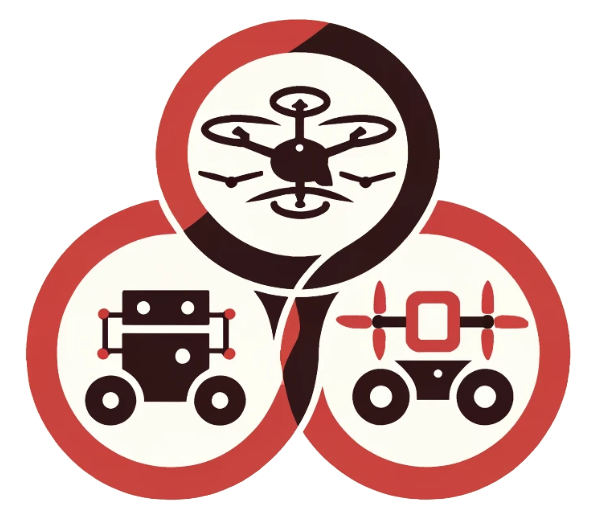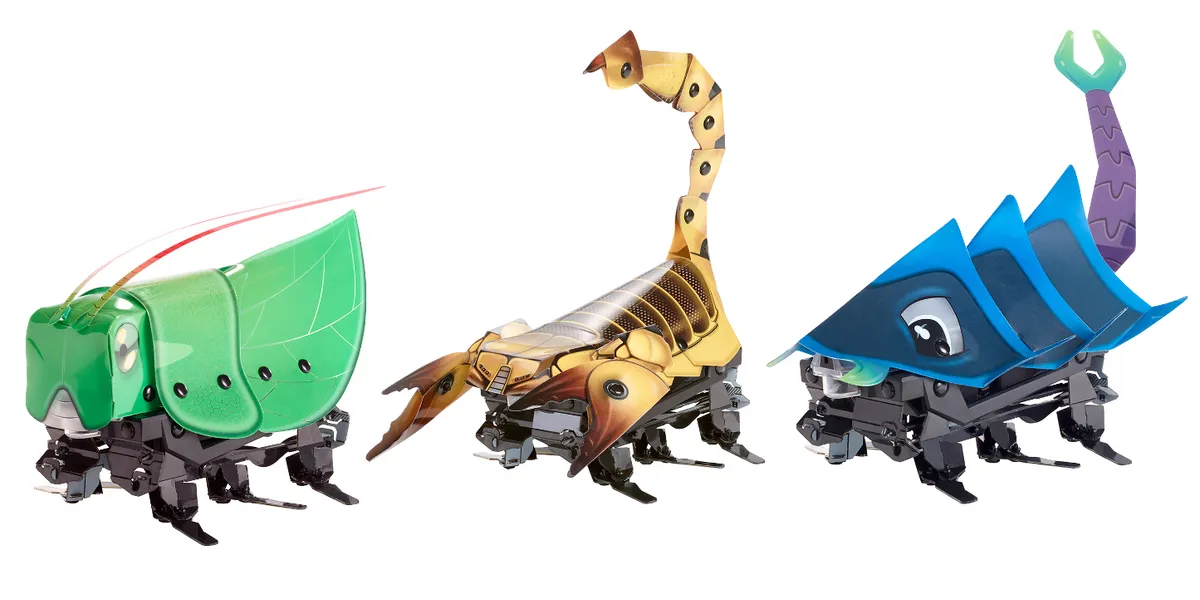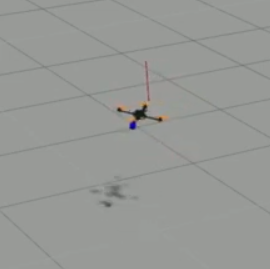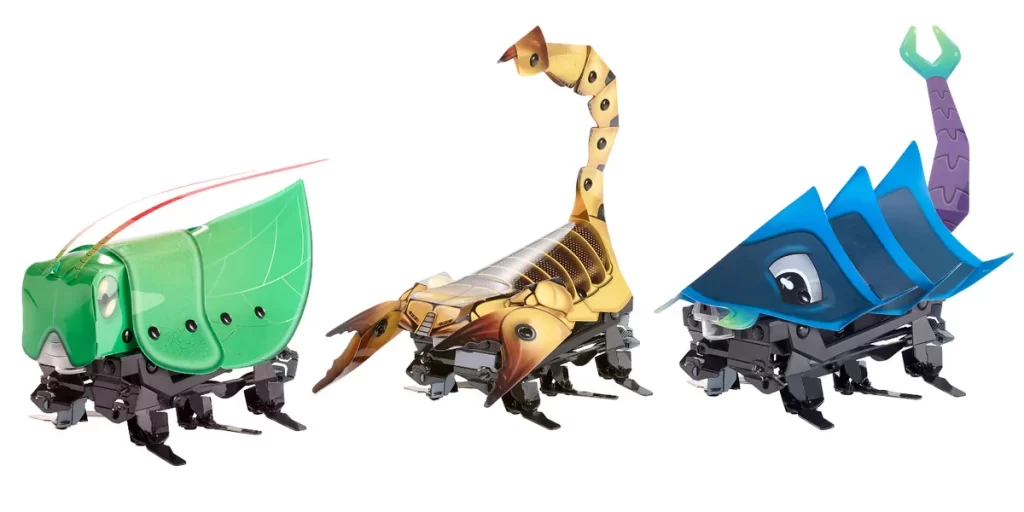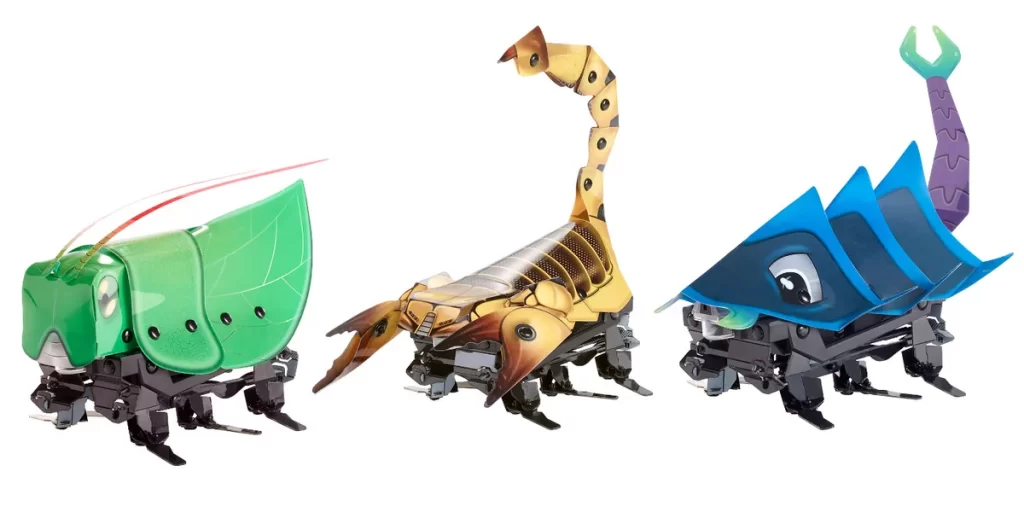
Students: Jonathan West, Shakeeb Ahmad, Joseph Kloeppel
Funding: MAST-CTA
The capstone for the project under Army Research Labs (ARL) Micro-Autonomous Systems and Technology (MAST) included the task of exploring an unknown environment using a heterogeneous robotics test-bed. The problem motivates from the fact that in usual search and rescue operations, there is a need for cheap robots and sensors to be deployed without worrying much about their loss or damage. For that purpose, a set of bio-inspired robots, the miniROaCHes are assembled at the MARHES Lab. They are built out of chassis from Kamigami robots by Dash Robotics. They are made capable of running Linux and hence the Robot Operating System (ROS) by mounting Raspberry Pi Zeros on-board. They are also assembled so that a forward camera can be mounted on-board to capture images. The idea is to explore an unknown environment by utilizing this camera on each of the deployed miniROaCH. These pictures are taken from different random poses. In order to overcome the problem of low memory on the ground robots, the quadrotor hovers over each one of them turn-by-turn to copy these pictures and dump them to the base station via an optical communication link. This base station is connected to a cloud server where the 3-D map is generated. ROS is used as the main software framework for all robots.

